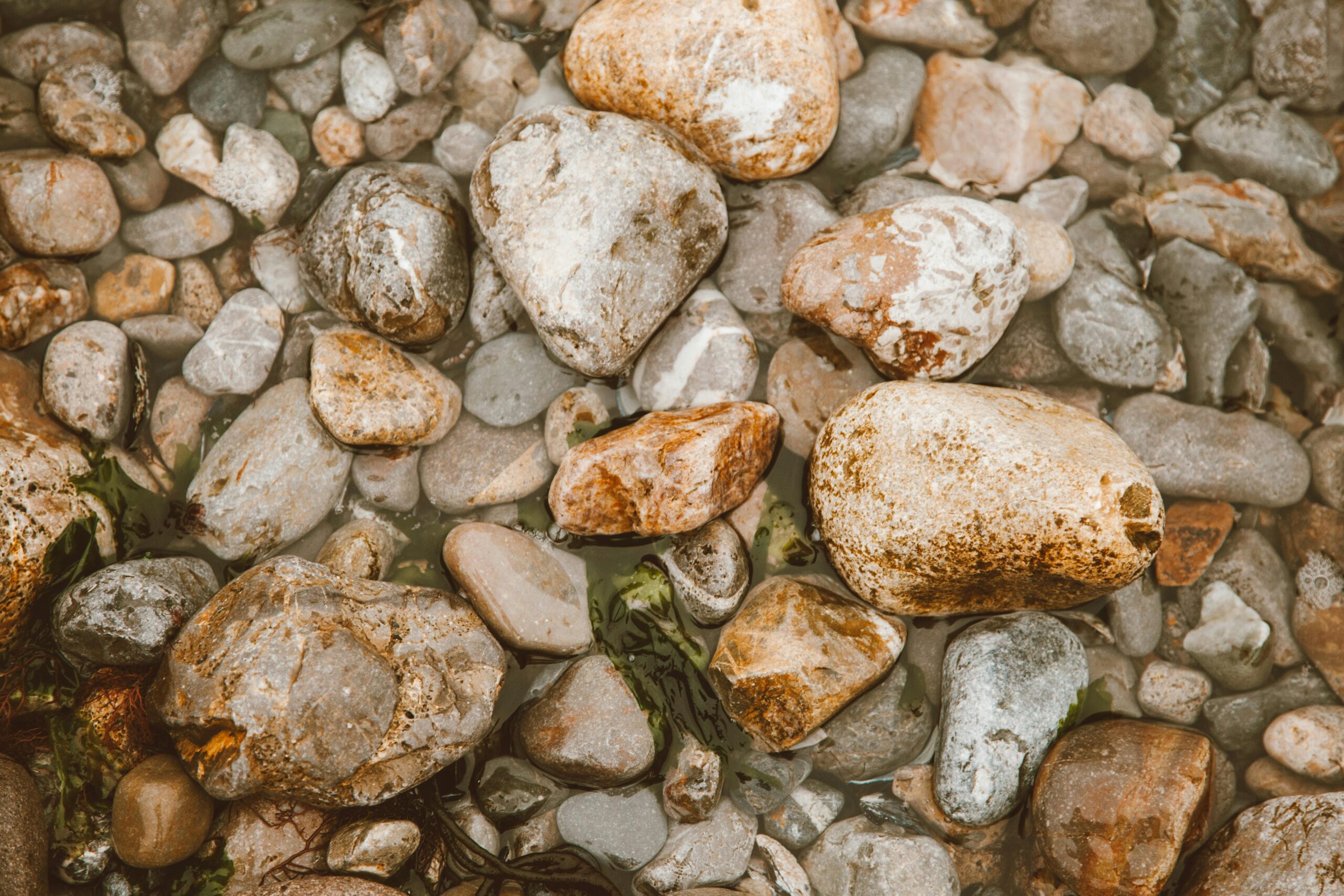Xeriscaping offers a practical solution for homeowners looking to reduce water consumption while maintaining an attractive landscape. This water wise landscaping approach can cut garden water usage by up to 80%, making it particularly valuable in drought-prone regions. By following fundamental xeriscaping principles, gardeners can create stunning outdoor spaces that thrive with minimal irrigation. This guide explores the essentials of designing a low water garden, including soil preparation, plant selection, and maintenance strategies that support a sustainable garden ecosystem.
Understanding Xeriscaping Fundamentals
Xeriscaping isn’t about replacing your lawn with rocks and cacti—it’s a comprehensive approach to creating a thoughtful landscape that conserves water. The term comes from the Greek word “xeros,” meaning dry, combined with “landscaping.” Developed in Colorado during the 1980s drought, xeriscaping has evolved into a sophisticated method of garden design that works in virtually any climate. The core philosophy embraces working with your local environment rather than against it. This means selecting plants that naturally thrive in your region’s rainfall patterns and grouping them according to their water needs. A well-designed xeriscape can be lush, colorful, and dramatically different from the sparse, desert-like image many people mistakenly associate with drought tolerant plants.
Planning Water-Use Zones
The first step in creating a successful low water garden is dividing your landscape into hydrozones—areas grouped by water requirements. The oasis zone, typically closest to your home, may include some water-loving plants that require regular irrigation. The transitional zone includes moderate water users, while the arid zone features truly drought resistant species. This strategic organization allows you to direct water resources efficiently, concentrating irrigation where it’s most needed and beneficial. As experts at AskHomey often advise homeowners, this zoning approach provides the foundation for sustainable water management while maintaining visual interest throughout your landscape.
Improving Soil Structure for Water Conservation
Soil quality plays a crucial role in xeriscaping success. Even drought tolerant plants perform better in properly prepared soil that balances water retention with good drainage. Start by conducting a basic soil test to understand your soil’s composition and pH. Most xeriscape plants prefer well-draining soil, so heavy clay soils benefit from amendments like compost and coarse sand. Adding organic matter improves soil structure, helping it retain moisture longer while allowing excess water to drain away from roots. The goal is creating soil that holds water like a sponge—available to plant roots but not waterlogged. Consider adding a 3-4 inch layer of compost and working it into the top 6-8 inches of soil before planting your water wise landscape.
Selecting Native and Drought-Tolerant Plants
Plant selection forms the heart of effective xeriscaping. Native plants have evolved over thousands of years to thrive in your local climate conditions, making them naturally adapted to rainfall patterns and resistant to regional pests and diseases. Beyond natives, many non-native drought tolerant plants can also excel in a xeriscape. Consider ornamental grasses like blue fescue or feather reed grass, which add movement and texture with minimal water. Flowering perennials such as coneflower, Russian sage, and yarrow provide color while tolerating dry conditions. For structure, drought-resistant shrubs like juniper, barberry, and butterfly bush offer year-round interest. When selecting plants, research their mature size and growth habits to ensure they’ll work harmoniously in your design without requiring excessive pruning or maintenance.
Efficient Irrigation Strategies
Even a xeriscape requires some water, particularly during establishment and extreme drought periods. Installing an efficient irrigation system saves water and time. Drip irrigation delivers water directly to plant roots, minimizing evaporation and runoff. Soaker hoses work similarly for larger areas. Configure your system to water deeply but infrequently, encouraging plants to develop deeper root systems that access soil moisture more effectively. Consider installing a smart controller that adjusts watering schedules based on weather conditions. Remember that different hydrozones should be on separate irrigation zones with appropriate schedules. During the first year after planting, even drought tolerant plants need regular water to establish their root systems. After establishment, you can gradually reduce irrigation frequency.
Mulching for Moisture Retention
Mulch serves as the finishing touch to a sustainable garden, providing multiple benefits for your xeriscape. A 2-3 inch layer of organic mulch like wood chips, shredded bark, or compost helps soil retain moisture by reducing evaporation. It also suppresses weeds that would compete for water, moderates soil temperature, and adds nutrients as it breaks down. In more arid sections of your garden, inorganic mulches like decorative gravel or crushed stone provide long-lasting coverage without decomposition. Whichever type you choose, keep mulch a few inches away from plant stems and tree trunks to prevent rot and pest issues. Replenish organic mulches annually as they decompose to maintain their water-conserving benefits in your water wise landscaping.
For more tips and to connect with reliable home service professionals, follow AskHomey on Facebook and Instagram.



